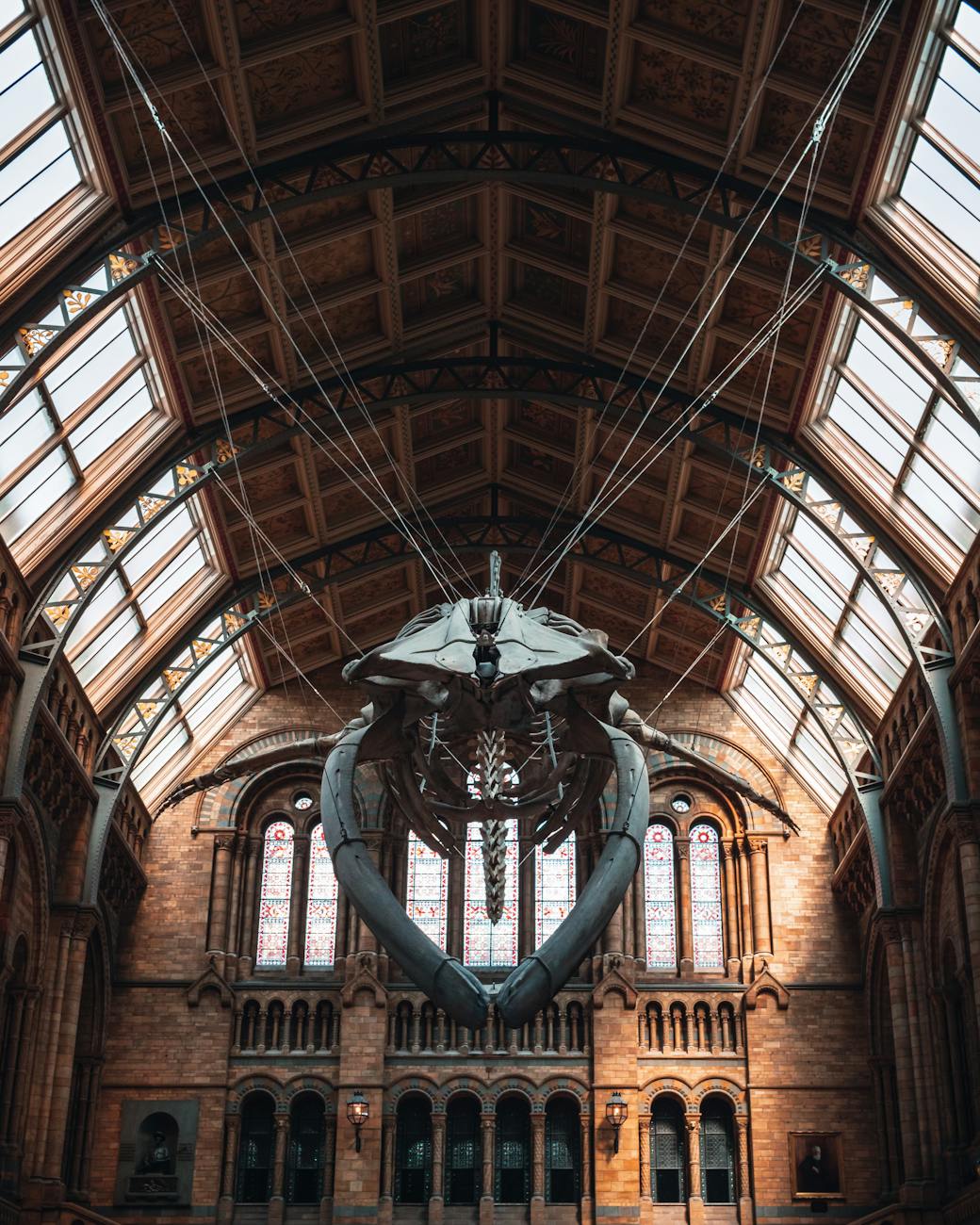Table of Contents
- Cultural Significance
- Economic Impacts
- Community Engagement
- Sustainable Practices
- Preserving Identity
- Future Outlook
- FAQs
Is your favorite holiday spot preserving its cultural heritage?
In today’s global society, many popular holiday destinations are grappling with the challenge of maintaining their unique cultural identity while catering to the demands of tourism. As travelers flock to explore new places, the rich tapestry of local traditions and historical practices often risks fading into oblivion. Hence, it becomes essential to question whether your beloved holiday getaway is actively preserving the cultural essence that makes it special. This exploration not only highlights the significance of cultural heritage but also invites a deeper appreciation for the communities that keep these traditions alive.
With the increasing commercialization of travel experiences, the importance of conscious tourism has never been more critical. It compels each one of us to think beyond mere sightseeing and seek destination stewardship. This blog post will guide you through various aspects of cultural preservation at popular holiday spots. Various elements, from community involvement to sustainable practices, will illuminate a favorable outlook on how heritage can coexist with modern tourism.
Cultural Significance
Every destination possesses unique cultural narratives that shape its identity, offering travelers deep cultural immersion. The preservation of these narratives is crucial as it instills a sense of pride in locals, fostering unity and continuity through generations. When travelers engage actively with cultural experiences such as traditional dances, artisan workshops, or culinary classes, it creates a reciprocal bond. This meaningful interaction not only enriches the experience for tourists but also supports local artisans who are the keepers of their heritage. A holiday destination that prioritizes its culture enables guests to leave with more than just memories; it provides them with an understanding and appreciation of the area’s storied past.
Cultural experiences deepen travelers’ connections with the places they visit, compelling them to engage more than superficially. Activities such as participating in local festivals or attending storytelling sessions contribute to preserving language, art forms, and customs. When these cultural practices are celebrated, they thrive, creating an enriching environment for tourism. Thus, in the face of globalization, ensuring that cultural significance perseveres amid commercial interests leads to a more vibrant destination that resonates with authenticity.
Economic Impacts
The interplay between culture and local economies is vital for sustaining a destination. When a holiday location invests in cultural preservation, it boosts not only tourism revenue but also contributes significantly to the economic well-being of the community. Responsible tourism promotes a sustainable cycle, wherein the income generated from visitors is reinvested into the preservation of cultural landmarks, museums, and local events. This crucial reinvestment helps maintain the vibrancy of the area’s history while simultaneously enhancing the visitor experience.
It’s noteworthy that when tourists are drawn to a location because of its rich cultural offerings, they tend to be willing to spend more on authentic experiences. This immediate influx of cash injects life into local businesses ranging from handcrafted souvenir shops to restaurants serving traditional cuisine. Thus, as holiday spots prioritize cultural heritage, they not only captivate travelers but also set the groundwork for long-lasting economic growth that uplifts the community.
Community Engagement
One of the most potent aspects of preserving cultural heritage is robust community involvement. When local residents are active participants in shaping and sharing their culture, they naturally foster connections with visitors. This engagement leads to an authentic exchange where both locals and tourists learn from one another. Imagine a visitor sharing a meal with a local family, learning family recipes and stories behind traditional dishes—these moments create bonds that transcend geographic boundaries and enrich the travel experience.
<pFurthermore, when communities take the reins in guiding tourism efforts, there's a palpable shift in how destinations present themselves. Engaging community members ensures that their stories are told accurately, dispelling any misconceptions. Empowering locals creates a sense of ownership over cultural heritage, ultimately leading to more respect and protection for traditions and practices. In this manner, holiday spots that prioritize community engagement become bastions of cultural learning, making them appealing choices for travelers seeking authenticity.
Sustainable Practices
Adopting sustainable practices is undeniably beneficial for preserving both culture and the environment. As destinations explore eco-friendly tourism options, they also recognize the importance of maintaining their cultural landscapes. Implementing measures like responsible tour guides who educate visitors on respecting local customs adds layers of significance to the travel experience. Every small action, from minimizing waste created during festivals to monitoring visitor behavior, plays a pivotal role in preserving cultural heritage.
<pTravelers are becoming increasingly mindful of their impacts, motivating destinations to adopt practices that safeguard both the environment and cultural identity. For instance, promoting locally-sourced products and traditional crafting techniques not only supports artisans but enhances the overall experience for guests who appreciate sustainability. Hence, sustainable practices in tourism are essential in ensuring that a destination's culture remains vibrant while promoting responsible enjoyment of the local environment.
Preserving Identity
In the face of globalization, preserving identity becomes paramount for holiday destinations. Cultural erosion poses a significant threat, but communities can combat this challenge by cultivating practices that highlight their unique character. Initiatives such as revitalizing indigenous languages or encouraging the transmission of traditional music and art forms play crucial roles in preserving identity. They serve as a reminder of where a community comes from and who they are, providing both pride and a clear sense of belonging.
<pTravelers increasingly seek experiences that offer a sense of place and identity, desiring to immerse themselves in stories that speak to the soul of a location. When holiday spots embrace their distinct identity, they stand out in a competitive tourism market. This uniqueness attracts visitors who appreciate the essence and lifestyle of a place, thereby solidifying cultural expressions while supporting the broader narrative of preservation.
Future Outlook
<pThe future of tourism rests heavily on the balance between cultural preservation and economic development. Stakeholders must collaborate to ensure that as destinations grow, they do so without compromising the essence that draws visitors in the first place. With increasing awareness of responsible tourism, travelers will amplify their choices, favoring places that actively engage in sustaining their cultural heritage. As this trend continues, locations that prioritize preservation will likely capture the hearts of visitors, leading to a more aware travel community and vibrant destinations.
<pLooking ahead, the potential for improved collaboration among locals, tourists, and policymakers bodes well for cultural heritage preservation. Engaging all stakeholders in conversations about cultural tourism will likely produce innovative solutions that benefit all parties. By valuing local input and promoting unique cultural offerings, holiday destinations can thrive and share their stories with the world, ensuring that future generations enjoy the splendor of their rich heritage.
Frequently Asked Questions
Why is cultural preservation important to holiday spots? Cultural preservation ensures that the unique identity of a destination endures, providing meaningful experiences for travelers while empowering local communities.
How can travelers support cultural heritage in destinations? Travelers can engage in local customs, choose guided experiences that emphasize cultural education, and patronize local artisans to strengthen cultural ties.
What role does the community play in cultural preservation? The community is crucial in safeguarding cultural practices and narratives, as their active involvement ensures authenticity and continuity in sharing their heritage.
Are there economic benefits to preserving cultural heritage? Absolutely! By prioritizing cultural experiences, holiday spots can generate increased revenue while supporting local economies and promoting sustainable tourism.
How can destinations balance tourism with cultural preservation? It involves engaging local communities, implementing sustainable practices, and adopting visitor education to cultivate respect for the culture and heritage.
Image Credit: Pexels





